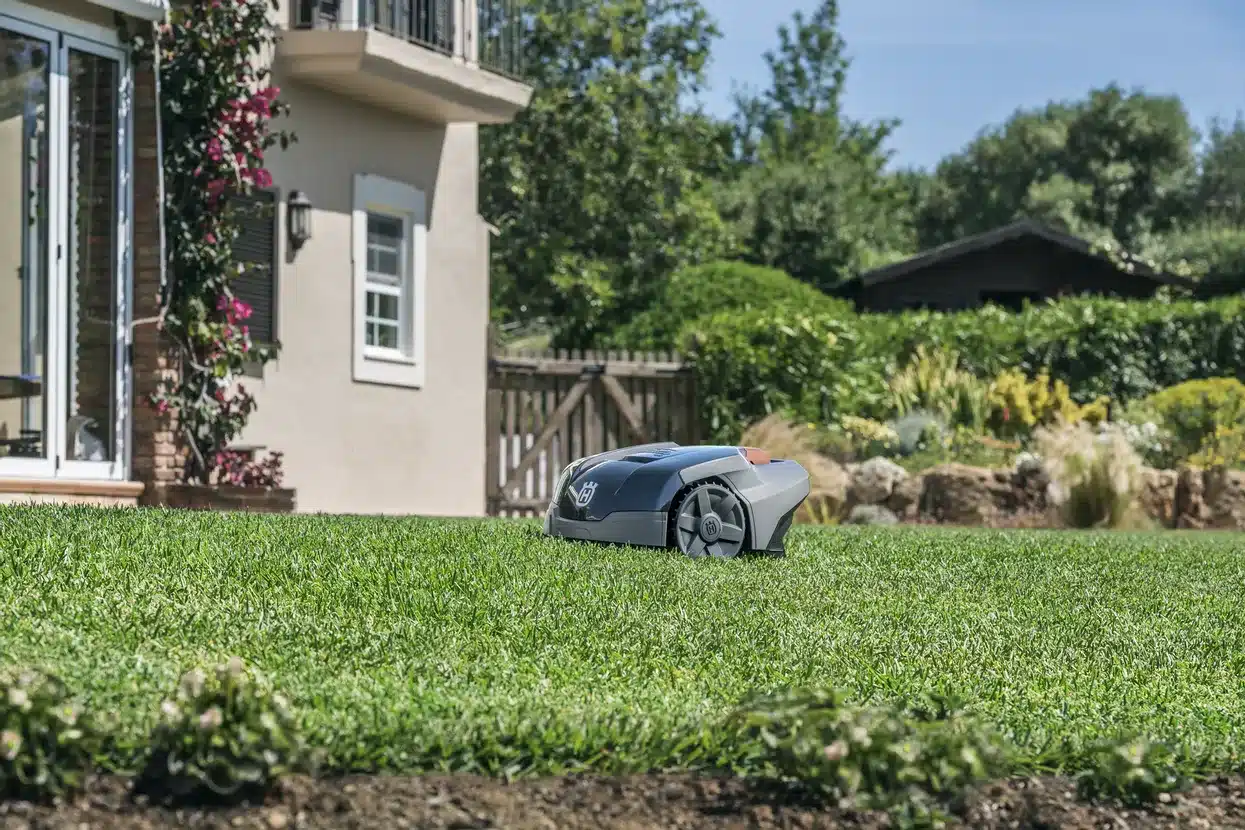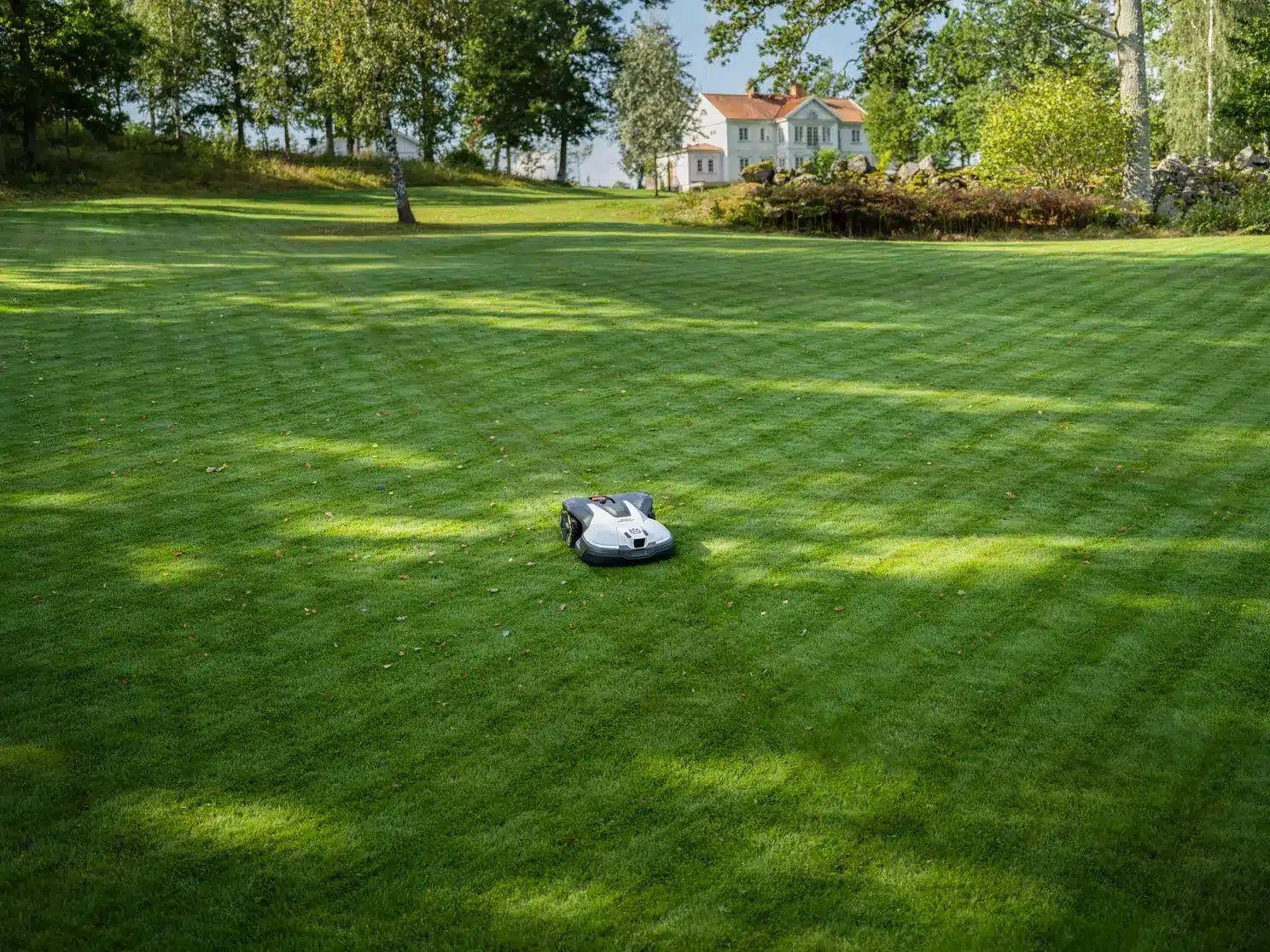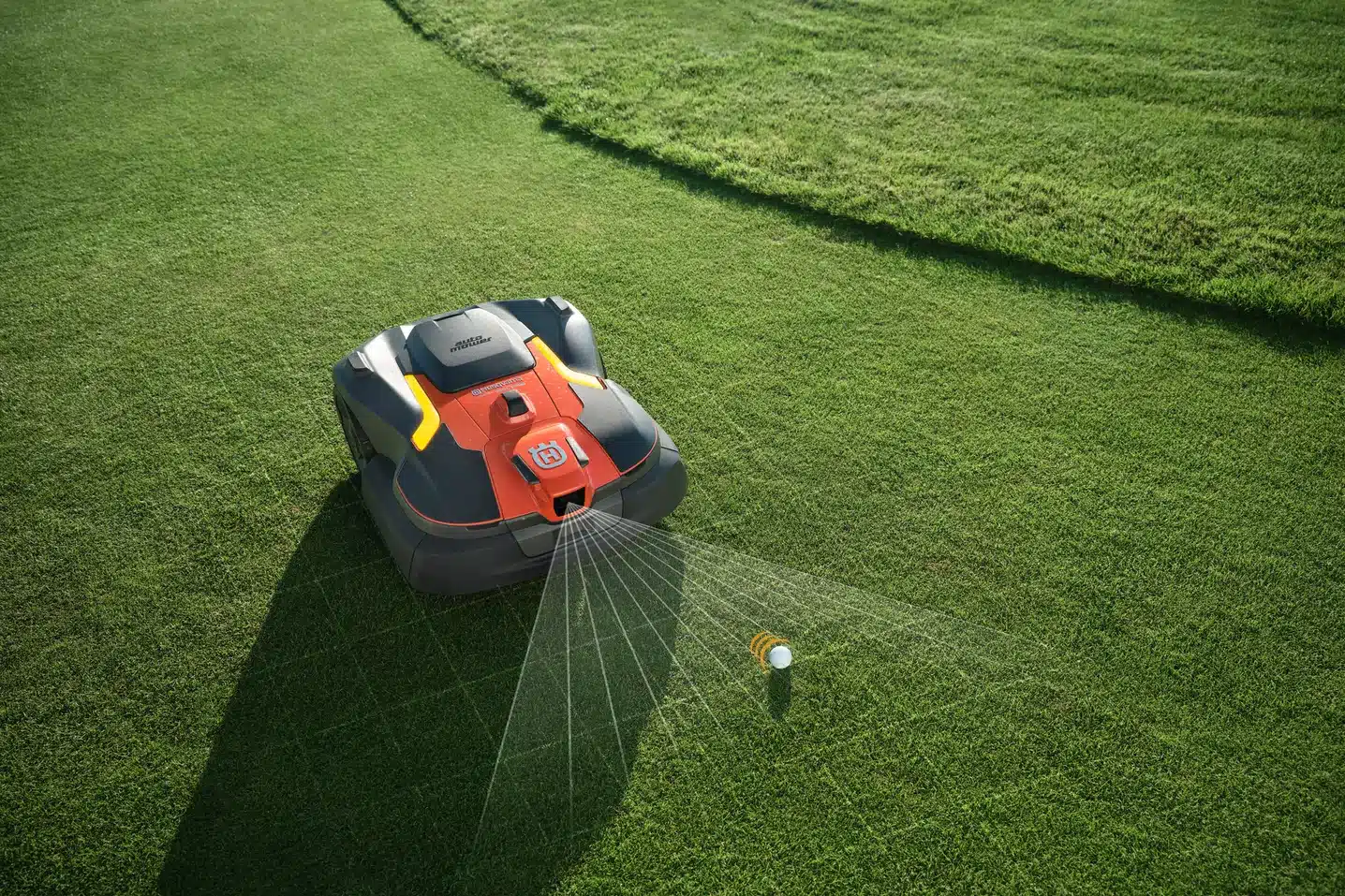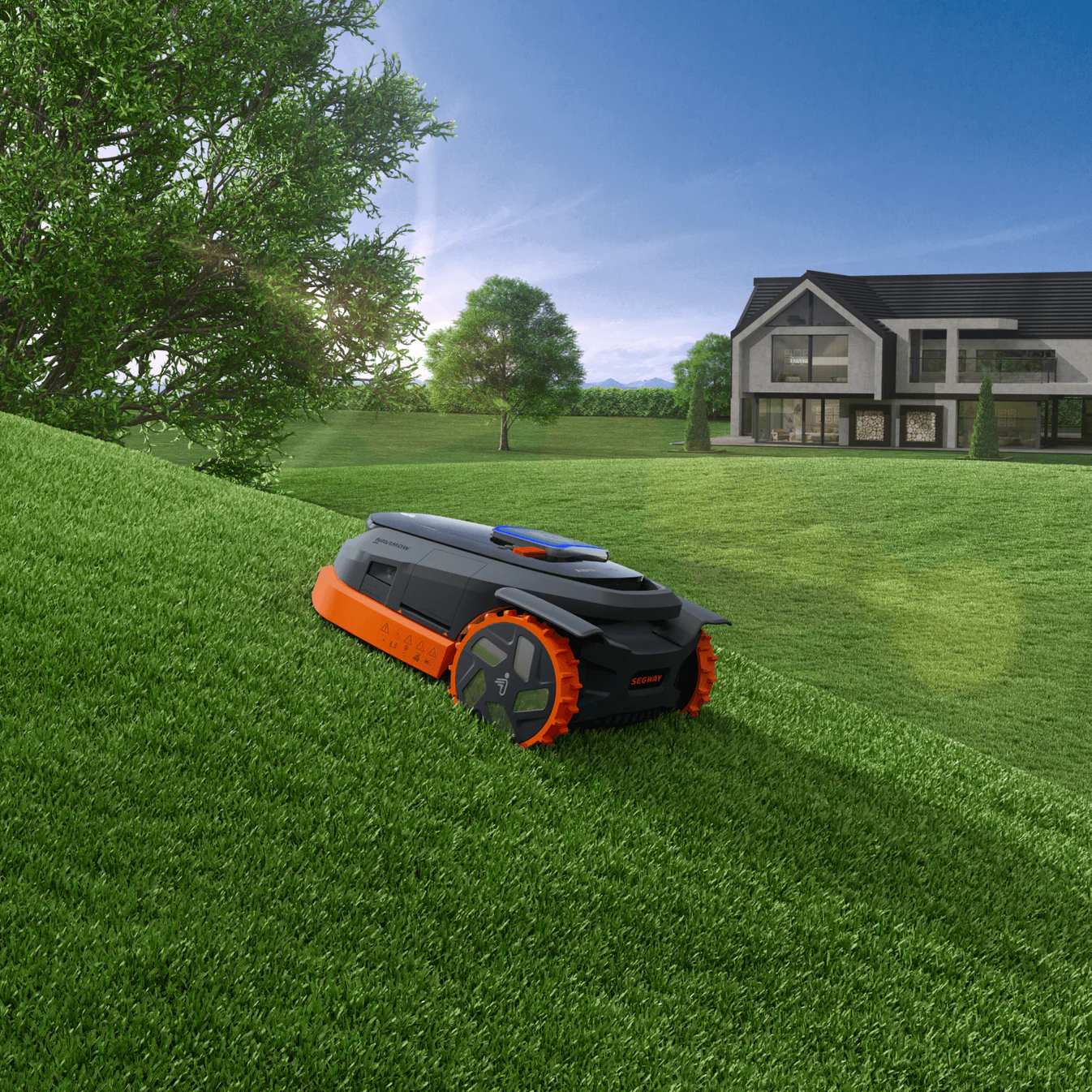Husqvarna Automower is a line of robotic lawn mowers that have revolutionised the lawn care industry. These autonomous machines have become increasingly popular over the years, and the technology behind them has advanced significantly since the first model was introduced. In this blog post, we will explore the history of Husqvarna Automower in detail, from its early prototypes to the advanced models we see today.
In the early 1990s, the Husqvarna Group began working on a robotic lawn mower prototype. The goal was to create a machine that could take care of the lawn without human intervention. The first model, called the Solar Mower, was introduced in 1995. It was a small and lightweight machine that could mow lawns up to 50 square metres. The Solar Mower was powered by solar panels, which were mounted on top of the machine. While the Solar Mower was a groundbreaking invention, it had some limitations, and Husqvarna knew they had to improve the technology to make it more practical for homeowners.
The first commercial version of the Automower was introduced in 1998. It was called the Automower Solar Hybrid and was powered by a rechargeable battery. This model could mow lawns up to 500 square metres and was equipped with several sensors that allowed it to navigate around obstacles and adjust its cutting pattern based on the terrain. The Automower Solar Hybrid was the first autonomous lawn mower that could cut grass independently and return to its charging station when needed.
In 2001, Husqvarna released the Automower 210C, which was a significant step forward in the development of robotic lawn mowers. The 210C was equipped with more advanced sensors and was designed to handle larger lawns up to 1000 square meters. The machine had a more robust cutting system, which included razor-sharp blades that provided a precise and clean cut.
Over the next few years, Husqvarna continued to refine the technology behind the Automower. In 2003, the company introduced the Automower 220AC, which was the first model to have an automatic charging system. The 220AC was also equipped with a GPS navigation system that allowed it to navigate around obstacles and follow a set path to ensure an even cut. The GPS system allowed the mower to learn the layout of the lawn and adjust its cutting pattern accordingly, ensuring that no areas were missed.
In 2005, Husqvarna introduced the Automower 230ACX, which was the first model to have remote programming capabilities. This allowed users to program the mower to start and stop at specific times, and to set up different cutting schedules for different areas of the lawn. The 230ACX was also equipped with a rain sensor that would automatically send the mower back to its charging station when it started to rain.
Over the years, Husqvarna has continued to refine and develop the Automower line, releasing new models with increasingly advanced features.
In 2015, Husqvarna introduced the Automower Connect feature, which allowed users to control their Automower using a smartphone app. This feature also allowed users to receive notifications and track the progress of their lawn mowing. The app was designed to be easy to use and provided a user-friendly interface.
In 2016, Husqvarna introduced the Automower 430X and 450X, which was the first model to have the “X-Line” design. the 450X was also equipped with GPS navigation, which allowed it to learn the layout of the lawn and adjust its cutting pattern accordingly.
In 2020, Husqvarna introduced the Automower 435X AWD, which was the first model to have an all-wheel-drive system. This allowed the mower to navigate steep inclines and uneven terrain more easily.
The last few years have seen the RTK satellite robot mowers added to Husqvarna’s range, including the 550 EPOS and the brand new 320, 430x and 450x NERA models which utilise satellite technology to map and navigate round the garden without the need for wires.
Today, Husqvarna Automower is one of the most advanced and popular robotic lawn mowers on the market. They are equipped with features that make lawn care more convenient and efficient than ever before and have revolutionised the way we take care of our lawns.




